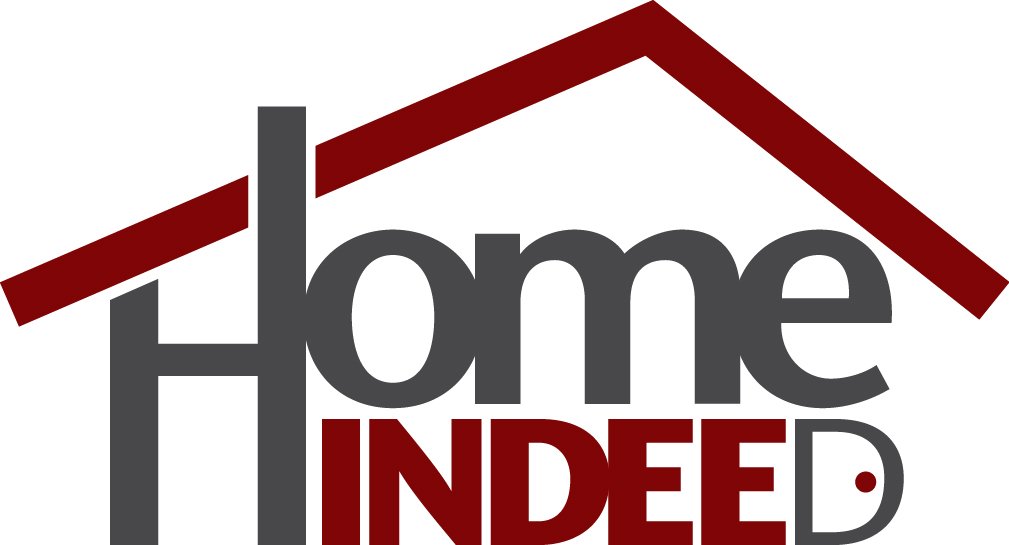How Much Do I Need To Pad My Remodeling Budget?
Budgeting properly is one of the most important aspects of the home remodeling process. Without careful planning and preparation regarding project costs, you set yourself up for failed expectations and frustration.
As you’re calculating costs for your home improvement project in Cedar Valley, keep in mind that you have to plan for the unexpected. There are several lesser-known costs associated with remodeling that may crop up over the course of the project. Having a contingency or buffer built into your budget enables you to cover these expenses without concern or stress.
How Do You Create a Remodeling Budget?
Budgeting for a home improvement project is a nuanced process. You need to carefully consider how much you have to spend—or want to spend—for your remodel but also be realistic about the true costs for labor, material and other items.
To set your preliminary budget, first try to narrow down some specific priorities for your project. You may know you want to upgrade your kitchen, but what in particular are you hoping to accomplish? Do you need to add square footage or simply reconfigure the existing space? Are there issues with traffic flow or crowding in certain areas? Do you want to improve the energy efficiency of your kitchen? Are you mostly interested in updating the design style and leaving architectural elements intact? Refining your remodeling vision enables you to start researching home renovation costs associated with your specific scope of work in order to set a realistic maximum budget.
Additionally, you should evaluate your potential funding sources to cover your housing remodel costs. That may include your savings, credit cards and/or financing procured for the purpose of repairing or remodeling your home, such as a Home Equity Line of Credit (HELOC), home improvement loan or mortgage refinance. There are also personal loans and government loans available to some homeowners.
Although it may vary a bit based on the specific type of project, labor costs will comprise about 15% to 30% of your budget, while materials account for the another 70% to 85%. Additionally, you should plan to pad your overall budget to cover unexpected costs.
What is a Suitable Buffer for Home Renovation Budget?
In general, you should build a 10% to 15% buffer into your renovation budget. That means if you expect labor and materials to collectively cost about $40,000, you actually set your budget at closer to $44,000 to $46,000.
If you are renovating an older house or a historic home, industry experts recommend padding your budget by up to 25% or 30%. Older home remodels are inherently more complex projects. Often, they suffer from weaker structural integrity, outdated electrical and mechanical systems, inefficient heating and cooling systems, and outdated appliances. You’ll have to do more extensive work to bring your older home up to code.
You’re also more likely to run into unforeseen issues, like the need for pest remediation or removing toxins such as lead and asbestos. These problems may not be revealed until you start demolition for your remodel, which means they won’t be factored into the original quote from your builder.
Hidden Costs of Remodeling
Along with unexpected costs related to construction, there are several expenses that simply get overlooked when developing your home renovation budget. If you can calculate these costs upfront and prepare for them, you’ll be able to rely less on your contingency fund.
Some common but less-obvious expenses associated with remodeling include:
Land development, site preparation and confirming property lines for a home addition or expansion
Permitting fees
Setting up dumpsters and disposing of debris
Installing a temporary kitchen or bathroom
Site cleanup
Fixing your landscaping
If you’re upgrading your kitchen or remodeling your whole home in Northern Iowa, you also should plan to spend extra on eating out or potentially staying at a hotel for portions of the construction phase.
Implementing Cost-Saving Measures During Renovation
While it may be nearly impossible to avoid surprises when remodeling your house, you can take action to control costs during both the design and construction phases, and your home remodeler can help. Make sure you have a detailed remodeling plan with clearly outlined specifications that don’t leave room for misinterpretation. A lack of details can cause confusion when it comes time for construction, and you’ll pay extra to go back and fix mistakes that could have been avoided. Better yet, considering working with a design-build company that oversees every aspect of your project from start to finish. That way, you know everyone—including the designers and builder—are on the same page.
Additionally, you receive valuable input regarding construction during the design phase, allowing you to make adjustments before you’ve purchased materials, set a construction schedule or broken ground at the job site. Requesting changes once construction is underway often leads to delays and extra costs that strain your budget.
With better communication and one-source accountability, your project can run smoother and more efficiently with fewer surprises and unplanned for expenses.
Selecting a Design-Build Firm in Northern Iowa
Controlling the cost for your home improvement project in Cedar Valley starts with choosing a skilled design-build remodeler that understands your vision and provides the expertise and insight to bring it to life. At Home Indeed, we have a step-by-step process to offer you guidance from your initial design consultation to project completion. The benefits of having one company handle each aspect of your remodel include consistent communication, better accountability and enhanced budget control, which collectively make for an overall more rewarding home improvement experience.



